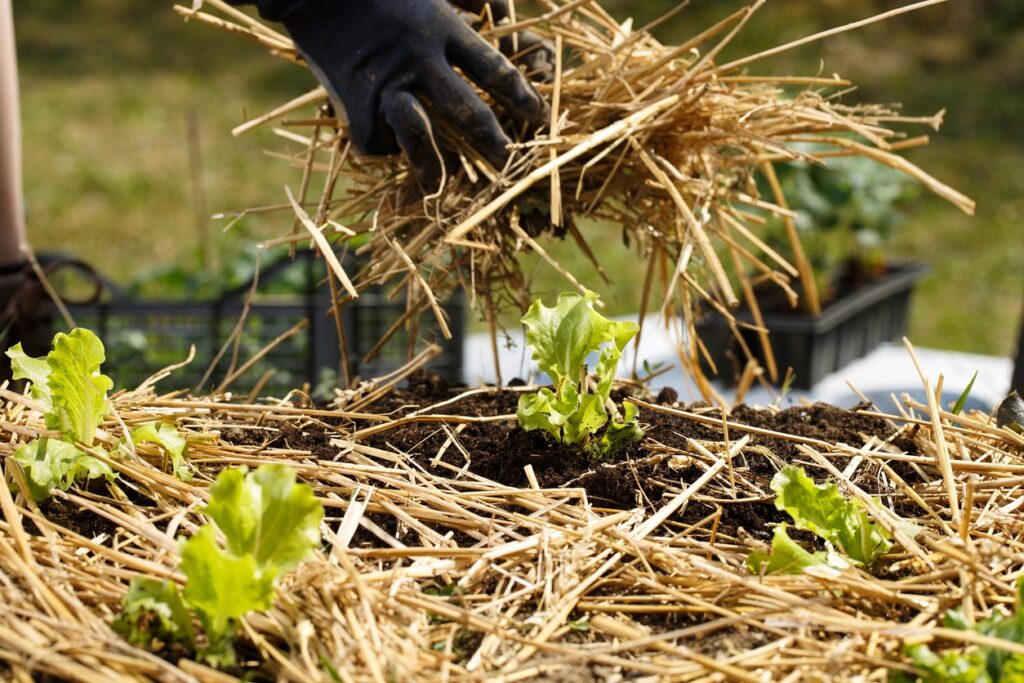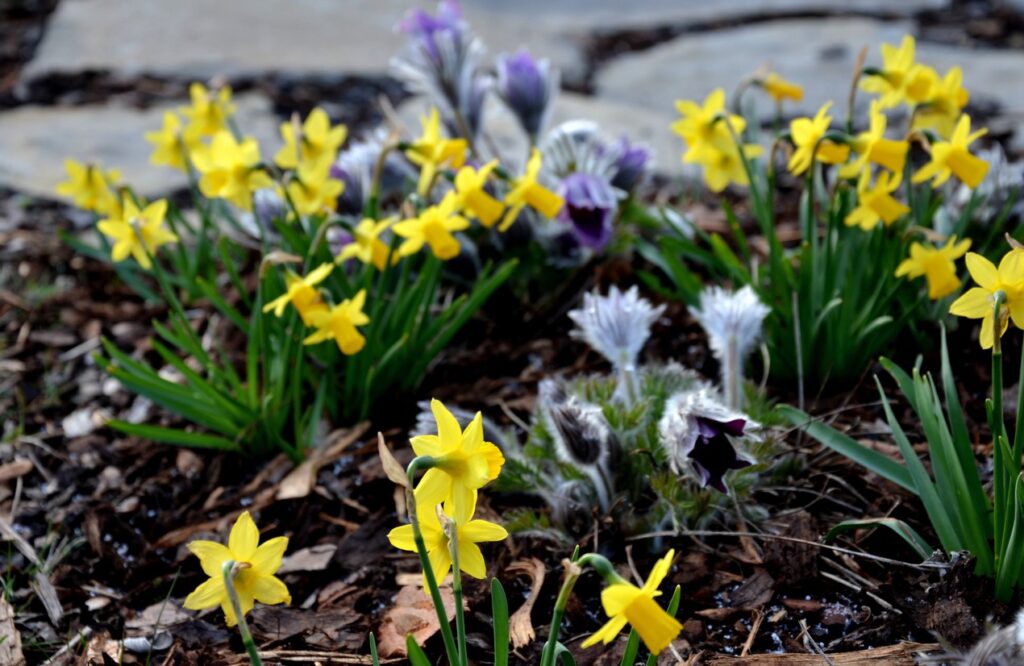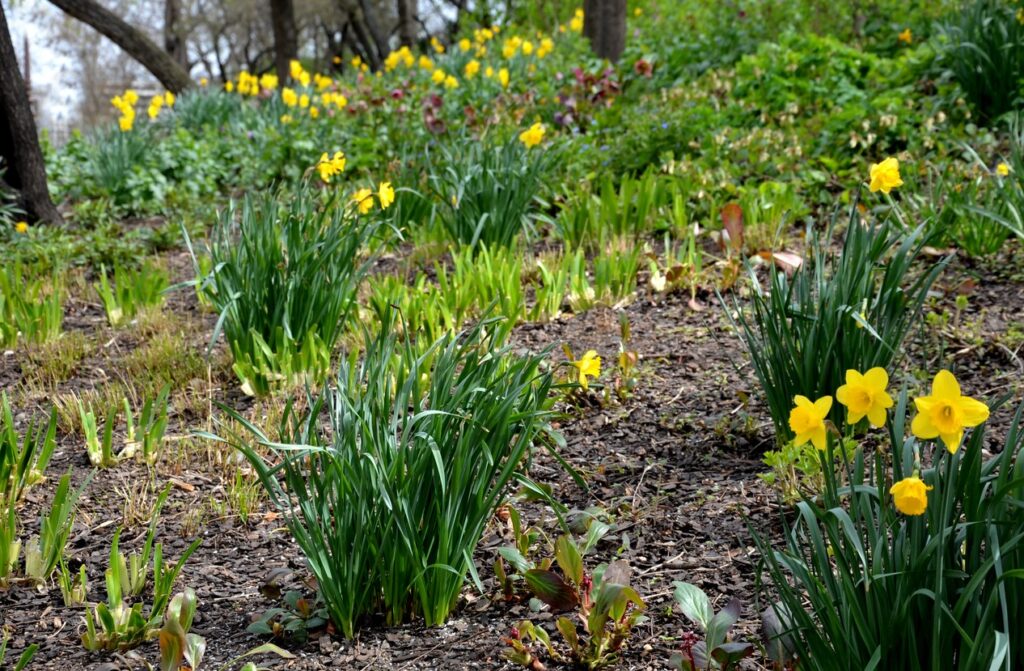
A healthy soil is naturally more fertile. Protecting it with a permanent cover is necessary to maintain its biological balance and allow it to retain and produce essential nutrients for the crops.
Soil is home to a wealth of life that must be preserved to keep the land fertile and capable of producing crops. A soil cover must be considered all year long using many methods.

Benefits of covering the soil?
A good soil cover allows to reconstitute the natural process that we find in the form of litter in forests or in the form of wild plants in meadows. In nature, organic matter, such as dead leaves and other plant debris, falls to the ground and is transformed by living organisms on the soil surface and in the soil.
This organic matter acts as a shield, covering and protecting the soil against various climatic aggressions. Once decomposed, it also has the function of making the soil more fertile.
If the soil is not covered and therefore left bare between two crops, it becomes impoverished. The fauna it shelters is threatened because it is no longer fed. The soil becomes compacted, loses its capacity to absorb water properly and its nutrients are washed away (transported by rainwater). Its surface part is altered by rain and wind in winter. In summer, the soil heats up too quickly, cracks, the earthworms stay cool in the depths and no longer do their job of aerating the surface layers.
A soil that is constantly covered requires less maintenance and fewer weed killers. This means that weeds no longer compete for water and nutrients with cultivated plants.
Mulching also reduces the risk of diseases caused by fungi, such as mildew, whose spores pass into the soil during the winter. In late spring and summer, if the soil is not covered with a mulch, raindrops may spray these spores onto the leaves of crops, contaminating vines, lettuce or tomato plants.
How to cover the soil?
There are several methods to cover the soil:
• spreading an organic mulch to protect the soil, boost its biological life and provide nutrients as it decomposes. A thick layer (from 5 to 10 cm depending on the mulch) will also slow down the growth of weeds;
• sow green manures. Depending on their specificities, these plants will help to loosen the soil by means of deep and pivotal roots, thus facilitating the penetration of water and air,
• Plant ground cover plants in the ornamental garden. These plants spread little by little, forming a carpet that requires little maintenance. They prevent the growth of weeds.
Different types of mulch and their specificities
• Straw, shredded leaves, hemp or flax chaff provide a carbon-rich cover. These materials can be used all year round but beware of nitrogen starvation in early spring! This can occur when a mulch is incorporated into the soil, which causes an imbalance in the soil due to an overly rich carbon supply.

• Grass clippings or kitchen waste (fruit and vegetable peels cut into small pieces) spread directly on the ground are rich in nitrogen just like compost. They can be deposited throughout the year.
• Fresh manure from cattle, horses, or goats should be spread in the fall so that it has time to decompose before future planting. Fresh manure applied at planting may burn the roots of your plants.
• Mineral mulches are very durable. In addition to the aesthetic aspect of white pebbles or crushed slate, a mineral mulch ensures the conservation and restitution of heat to the most demanding plants (xerophilous plants, cacti).
If you need to modify the mechanical properties of the soil, choose mustard, phacelia, buckwheat, rye or oats whose roots will loosen the soil.
Ground covering plants
Ground covering plants are of great value in the ornamental garden because they limit the growth of wild grasses and spread quickly without requiring maintenance. They can replace grass where it does not grow well, cover the base of a hedge or a large tree or be planted in a remote area where maintenance is limited.

Conclusion: Covering the soil permanently is of crucial importance in natural gardening. Thus protected, it remains alive, easier to cultivate and much more fertile. Its ecosystem is preserved and much more abundant than in a bare soil which will end up impoverished and lose all its production capacities. Covering and protecting the soil is the best way to respect it and to learn to consider it differently than a simple support of culture without life. Once the balance is regained, you will be surprised by the results on your crops!